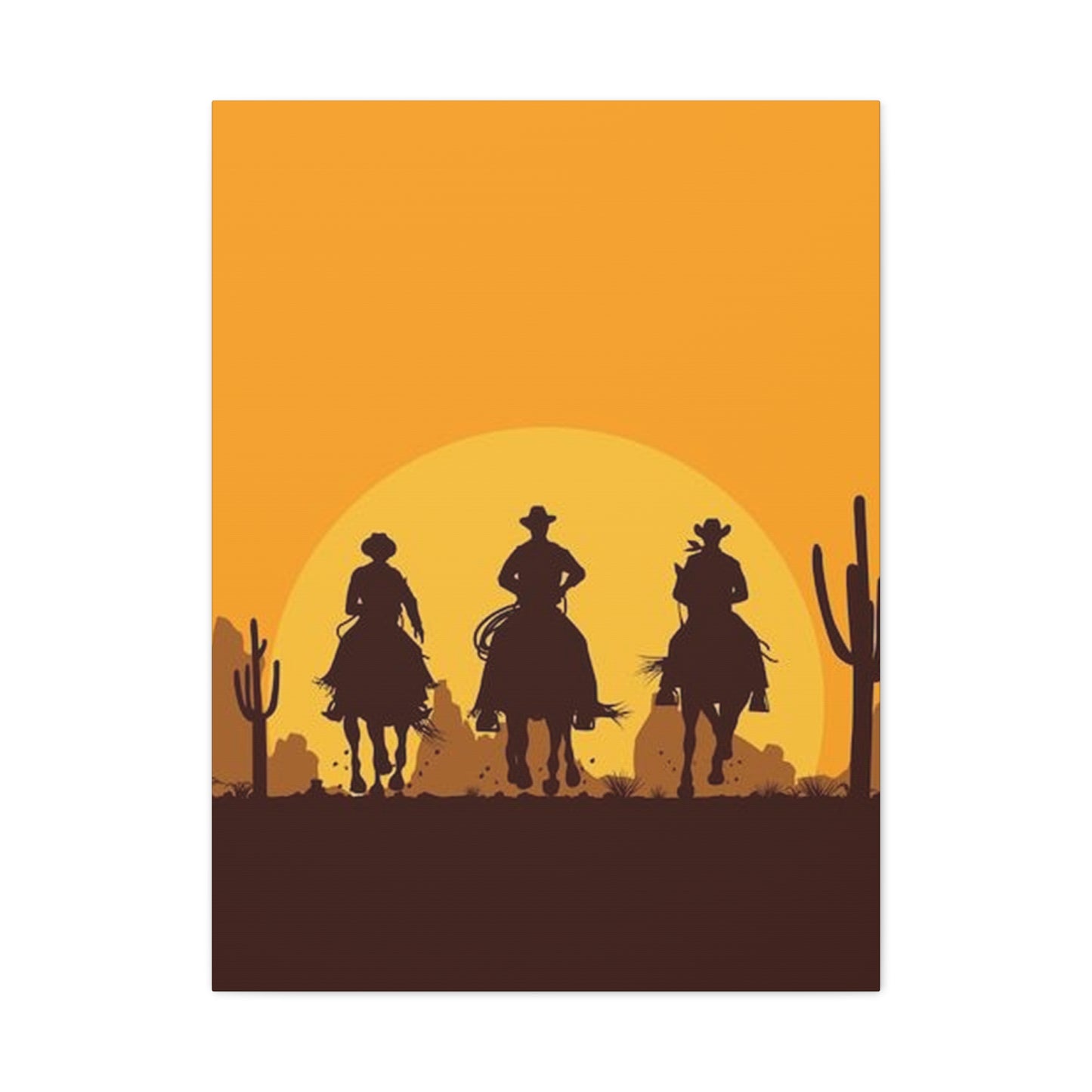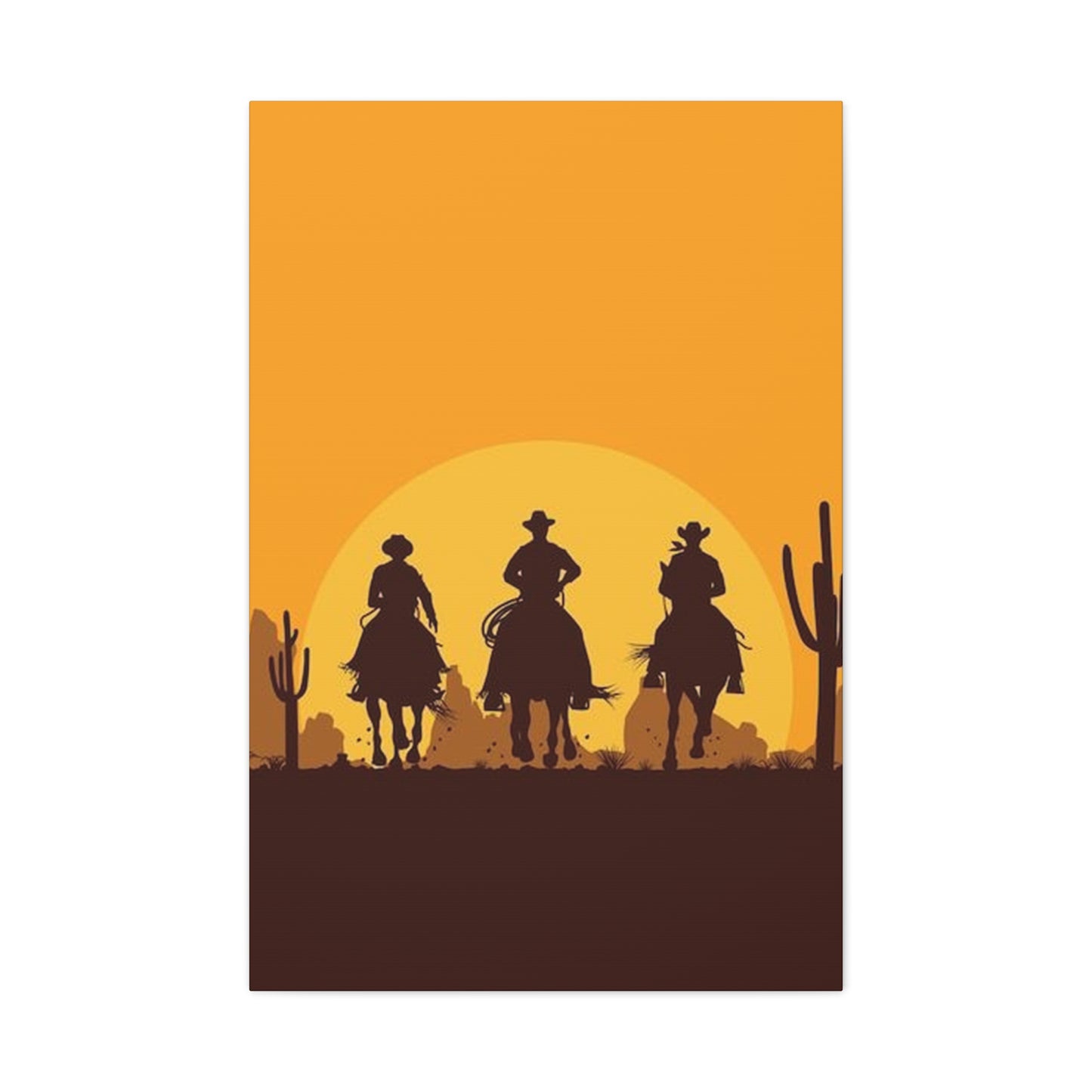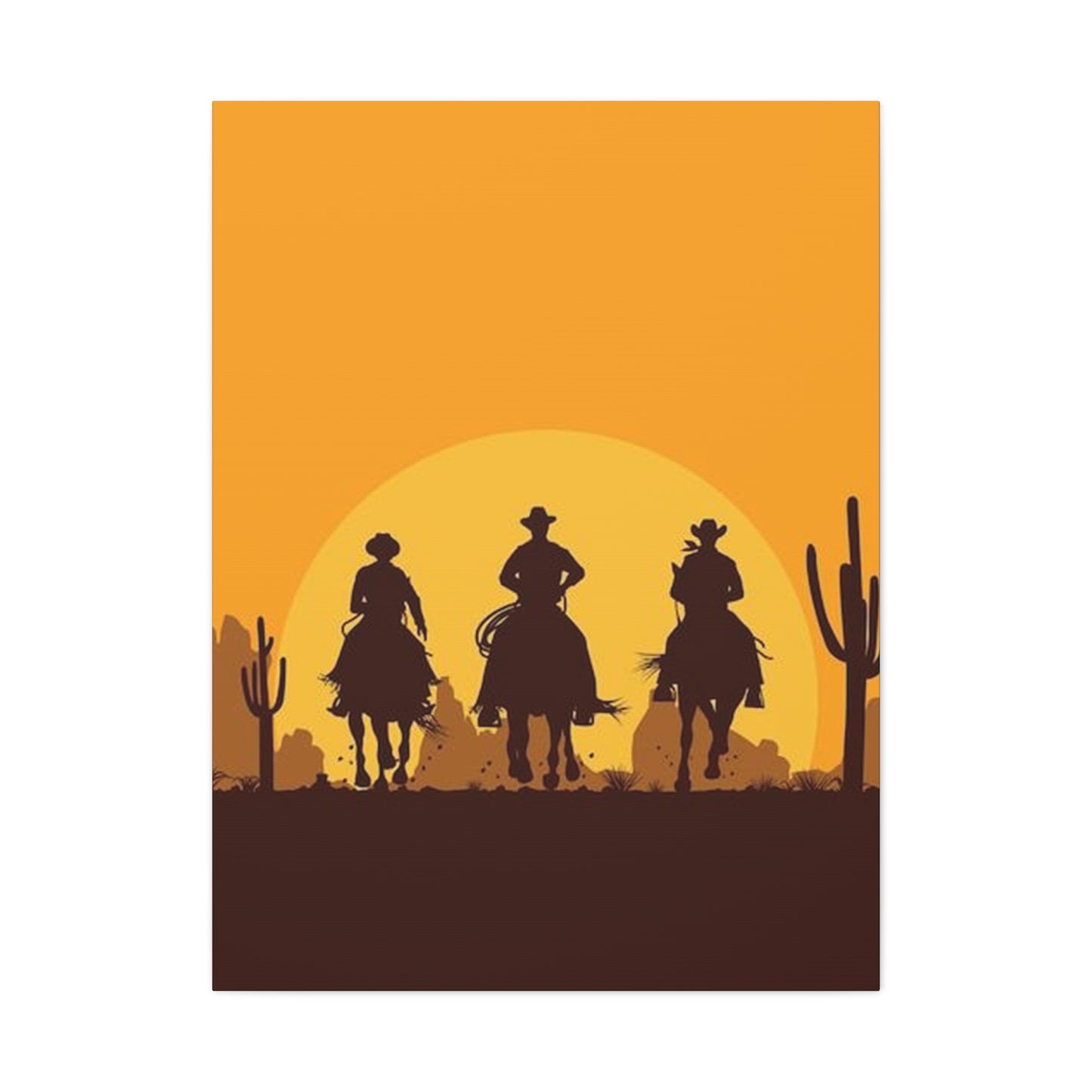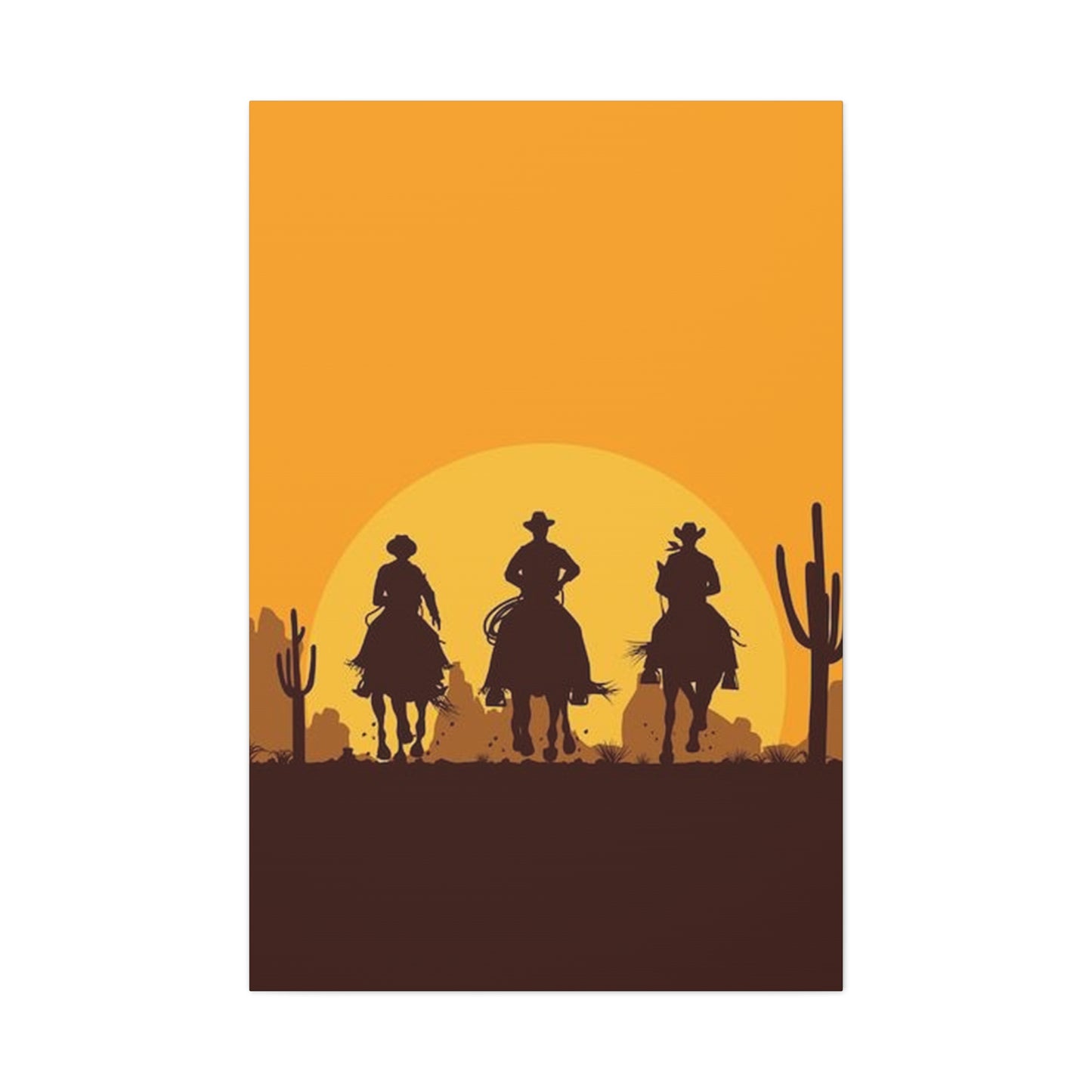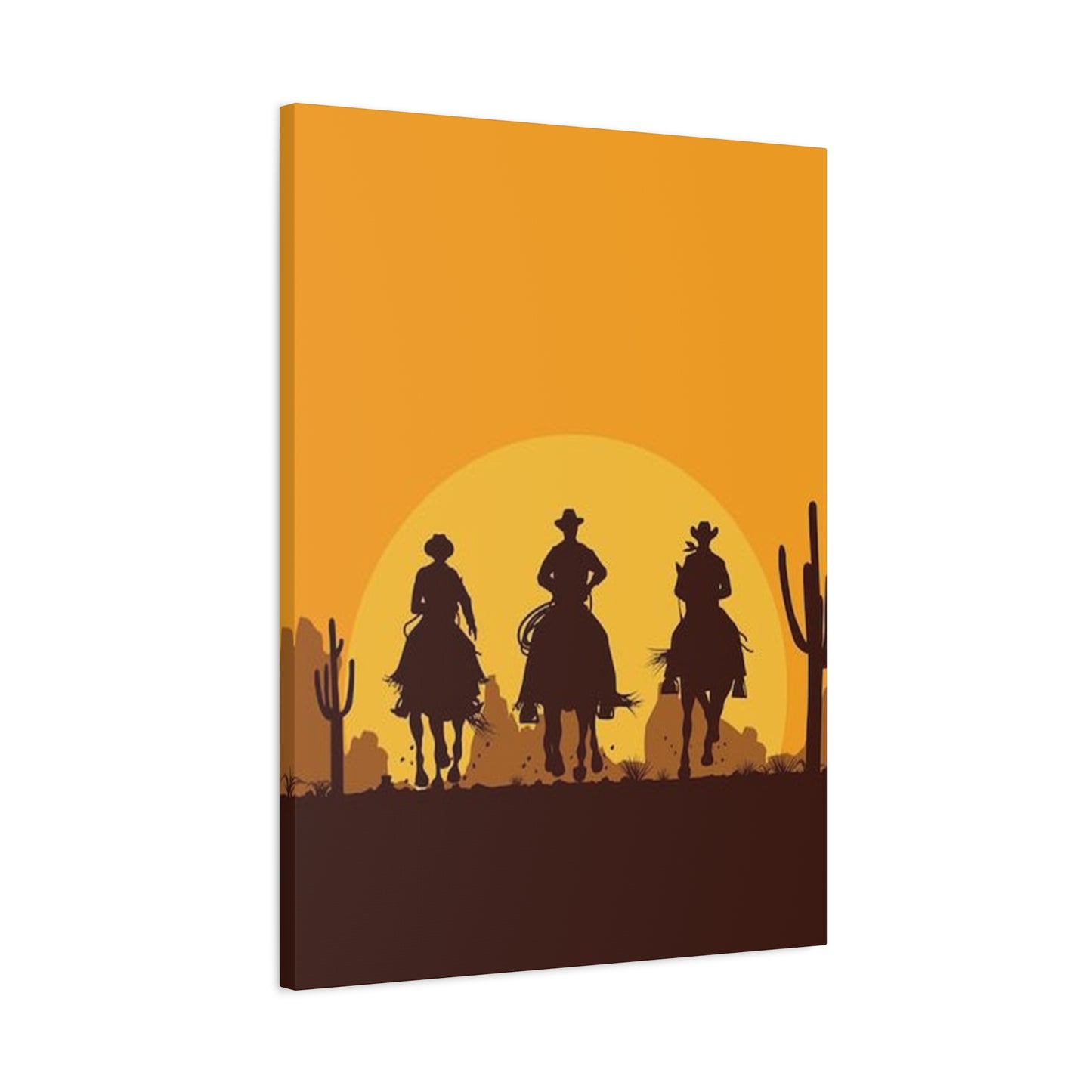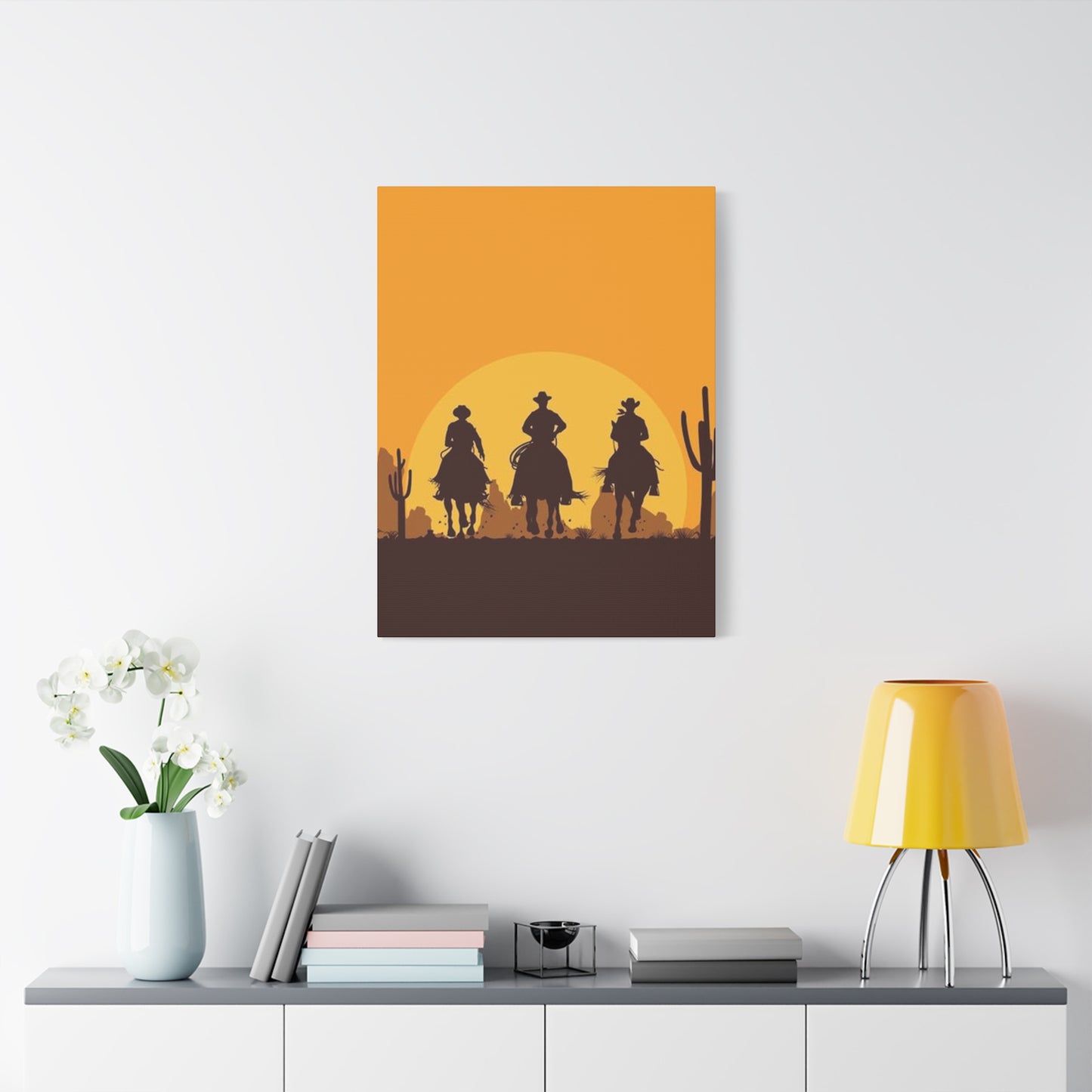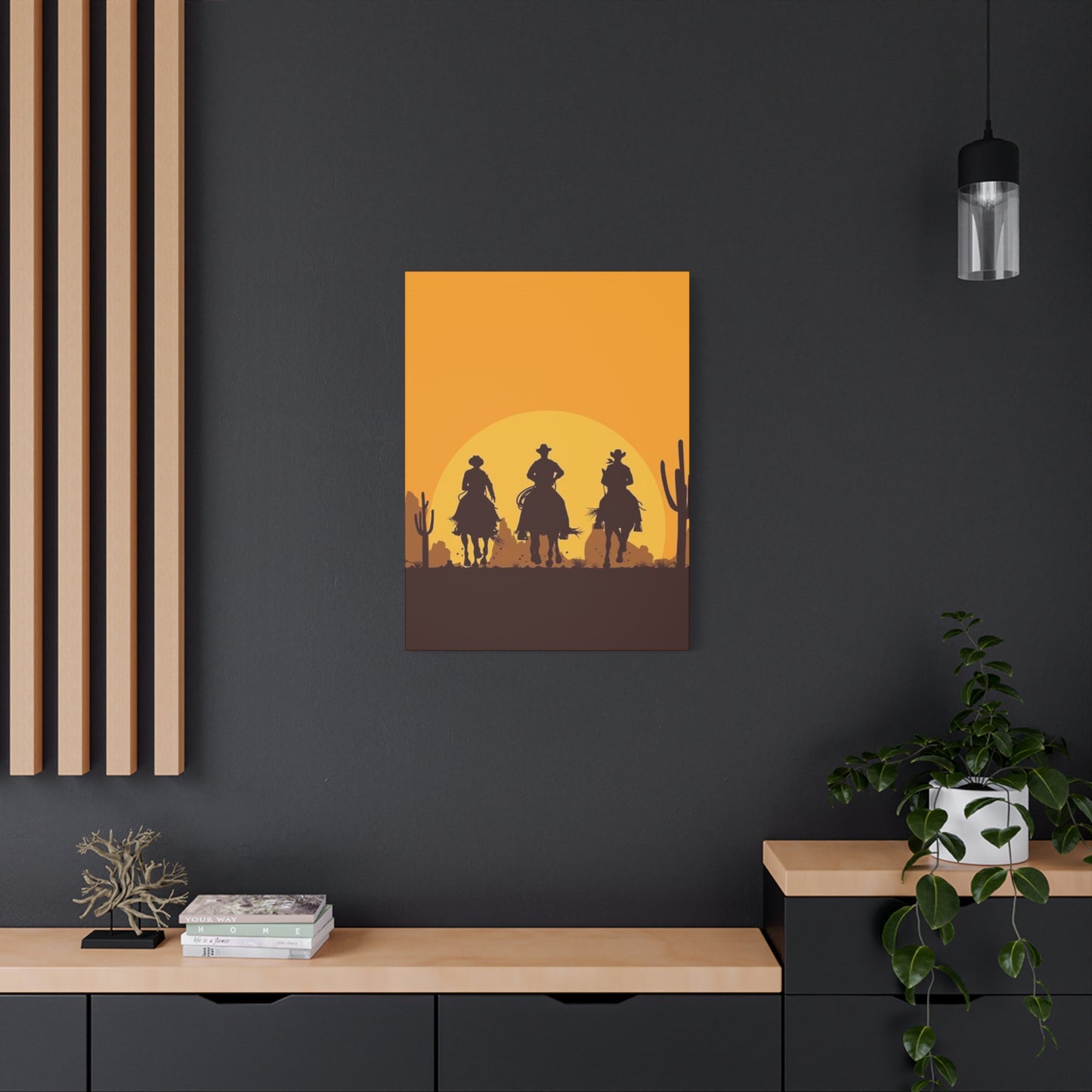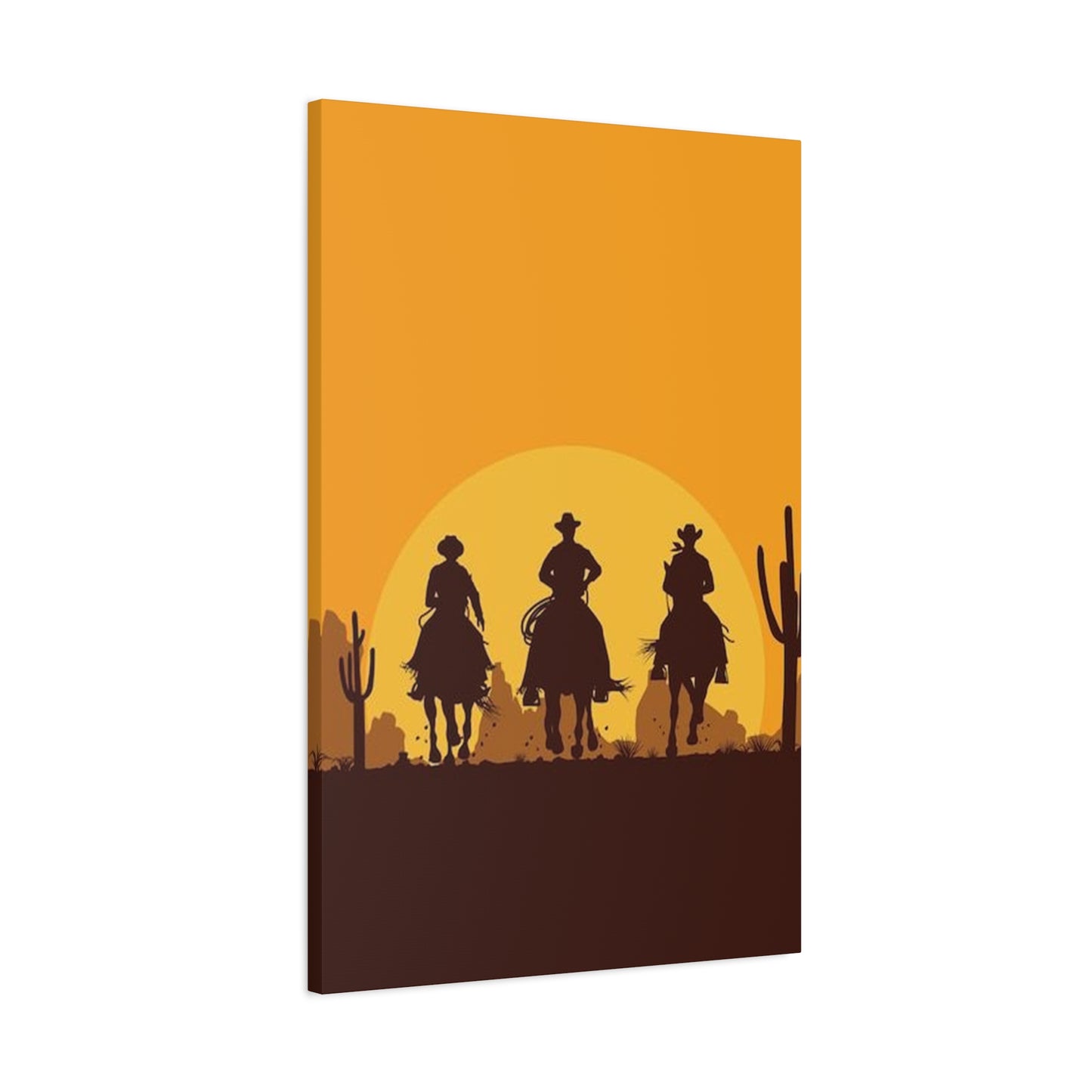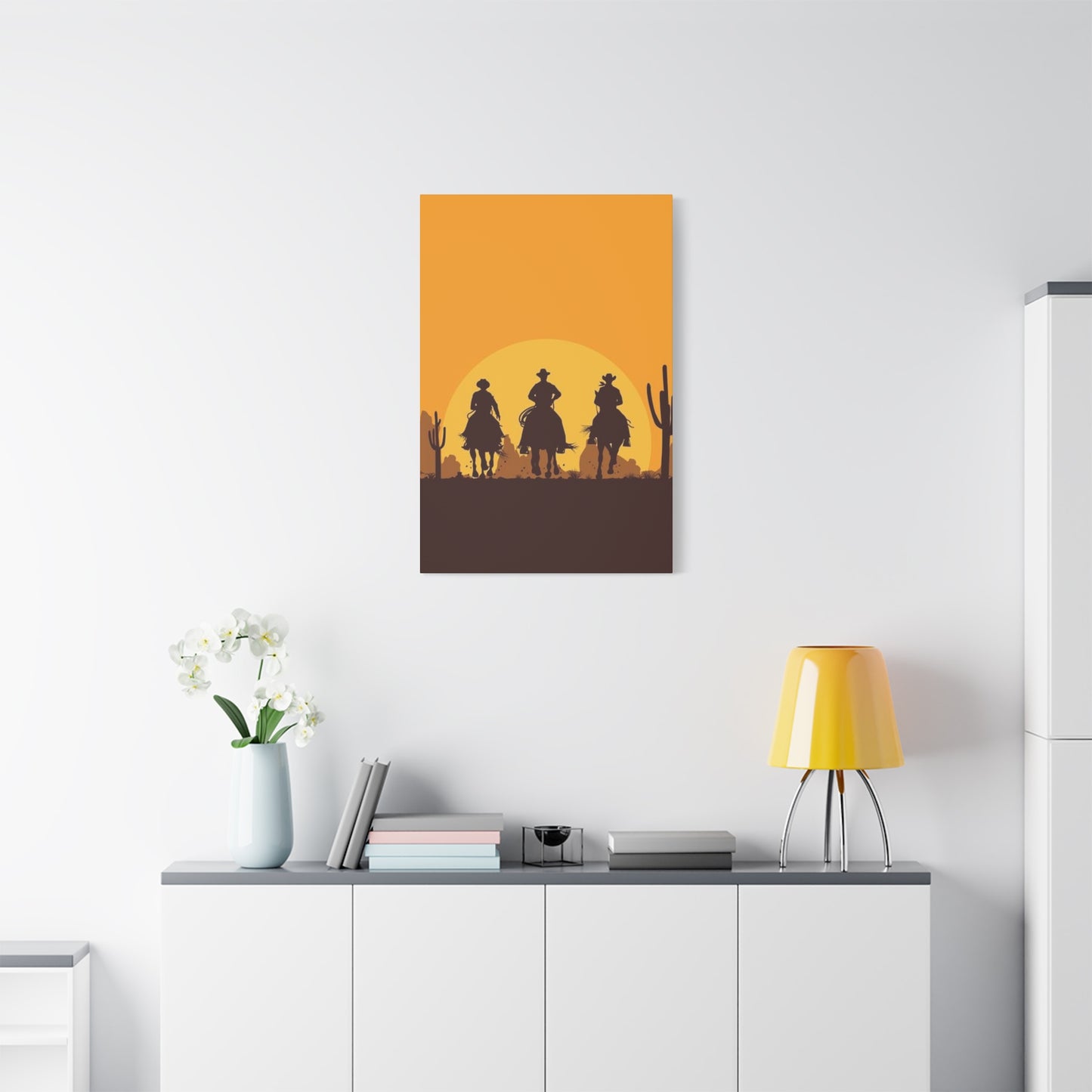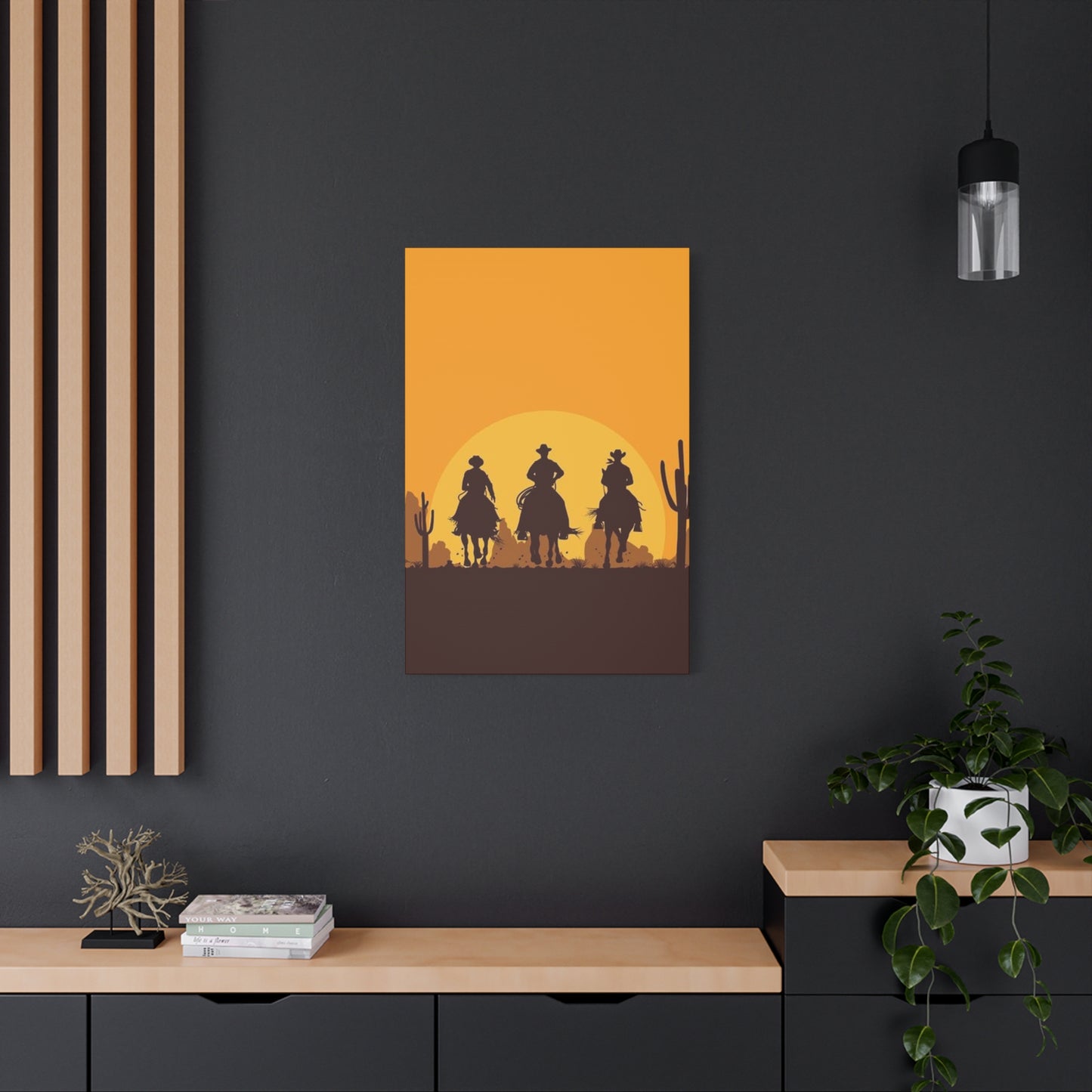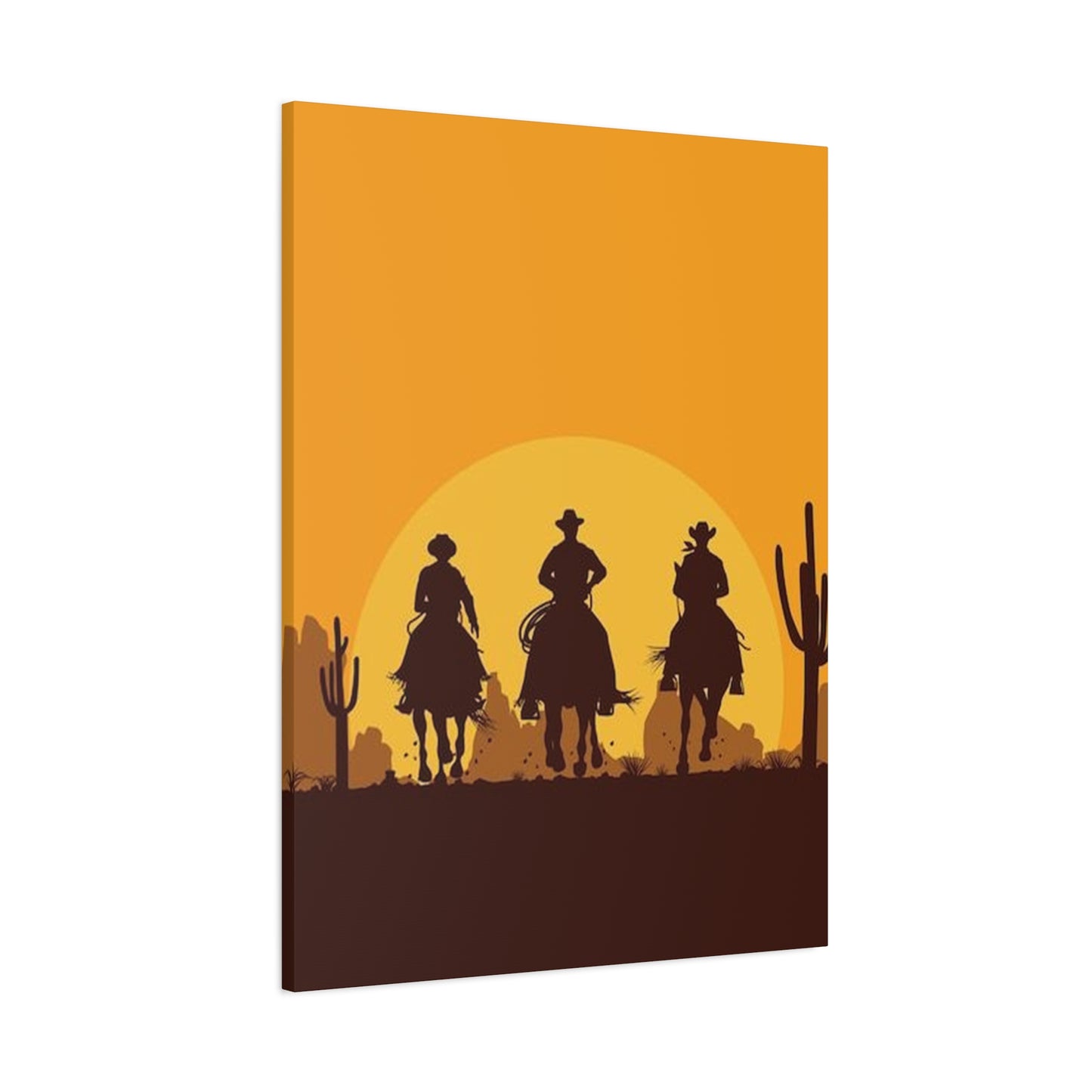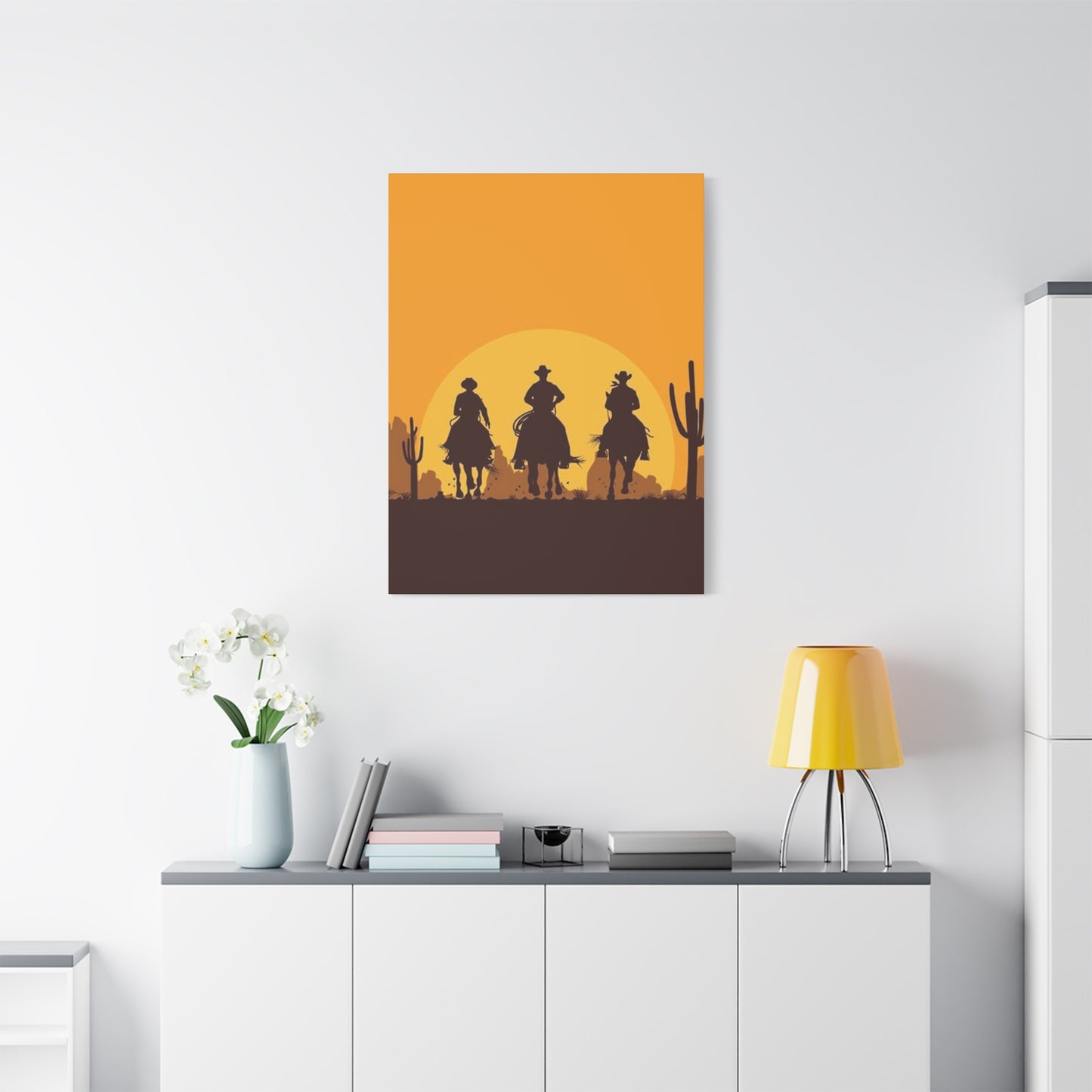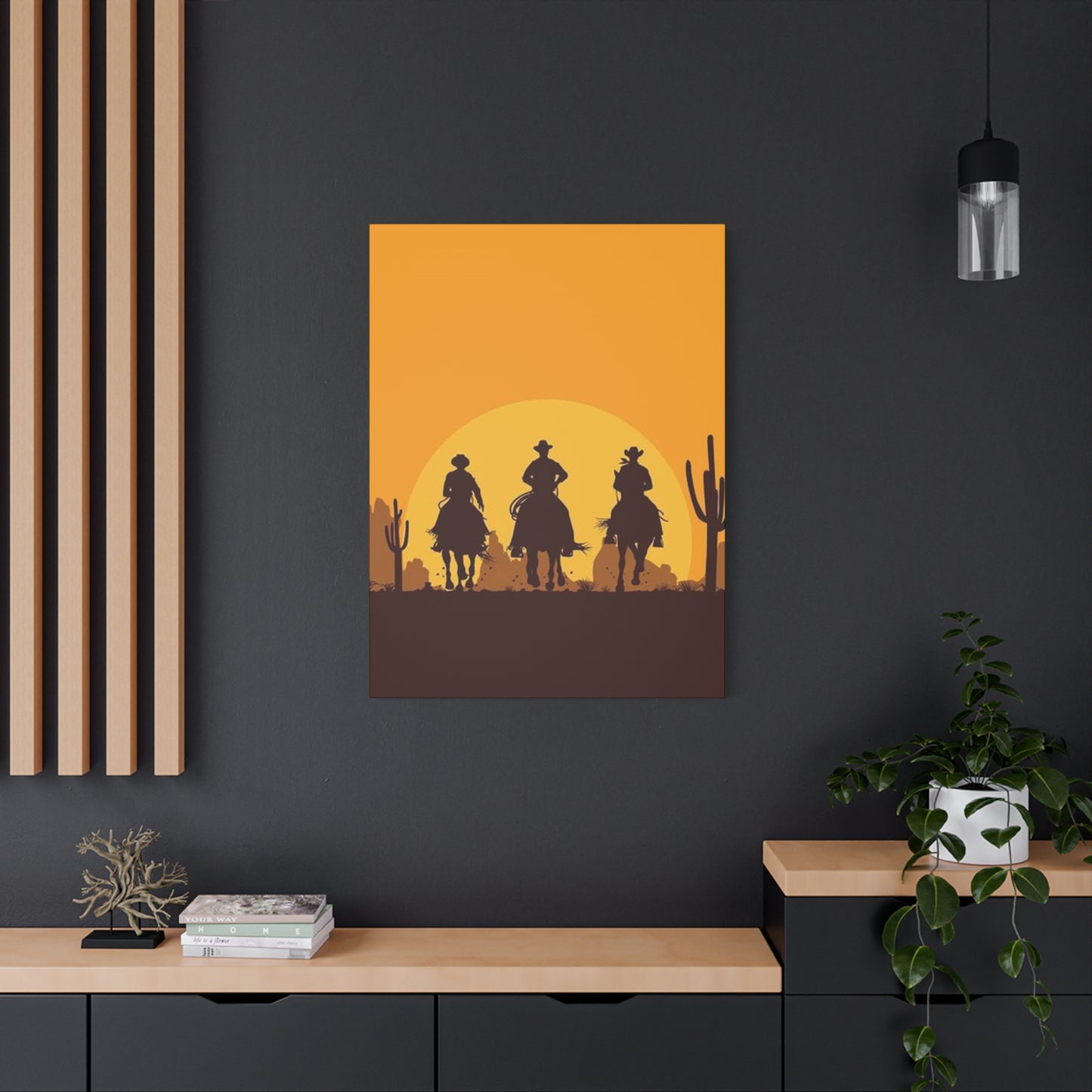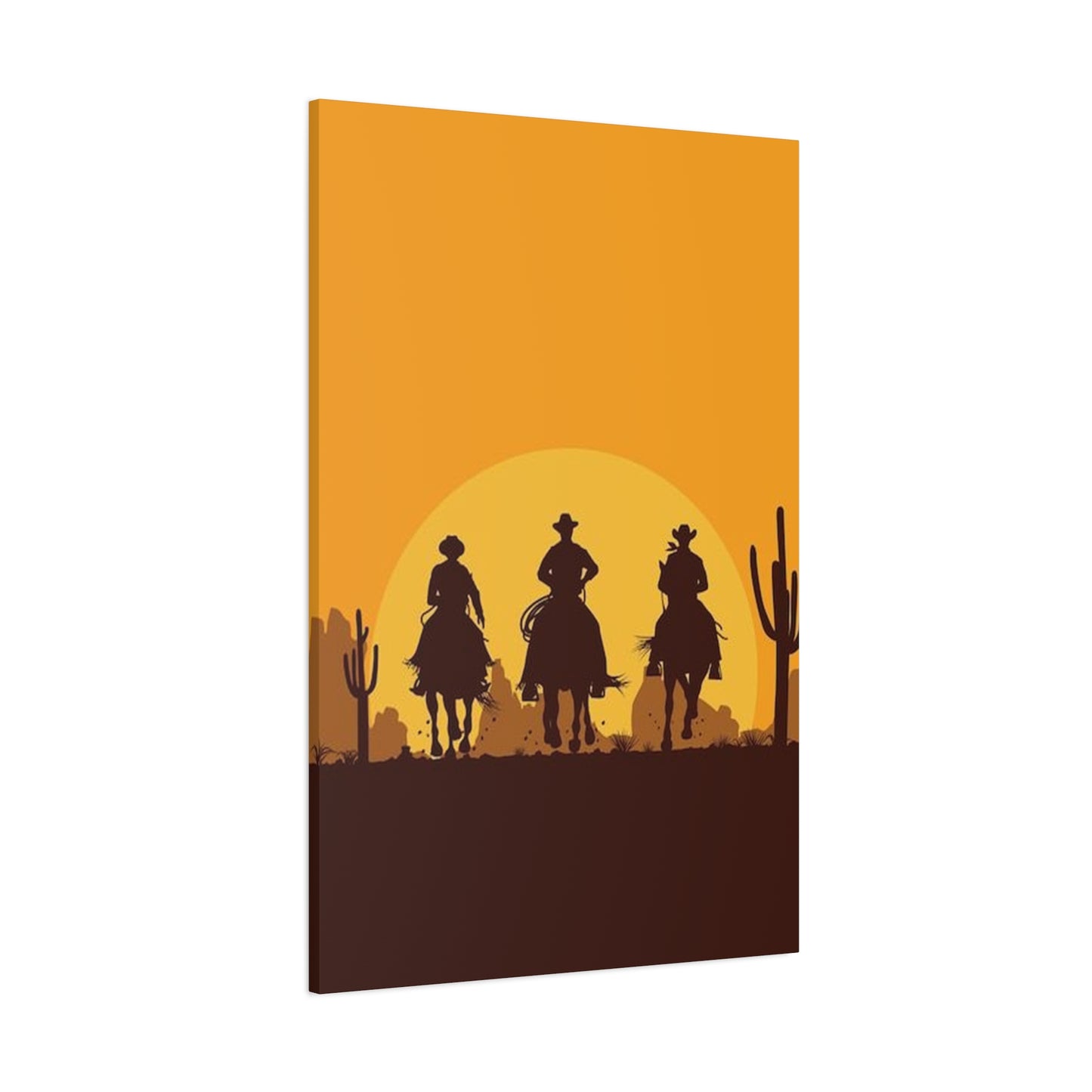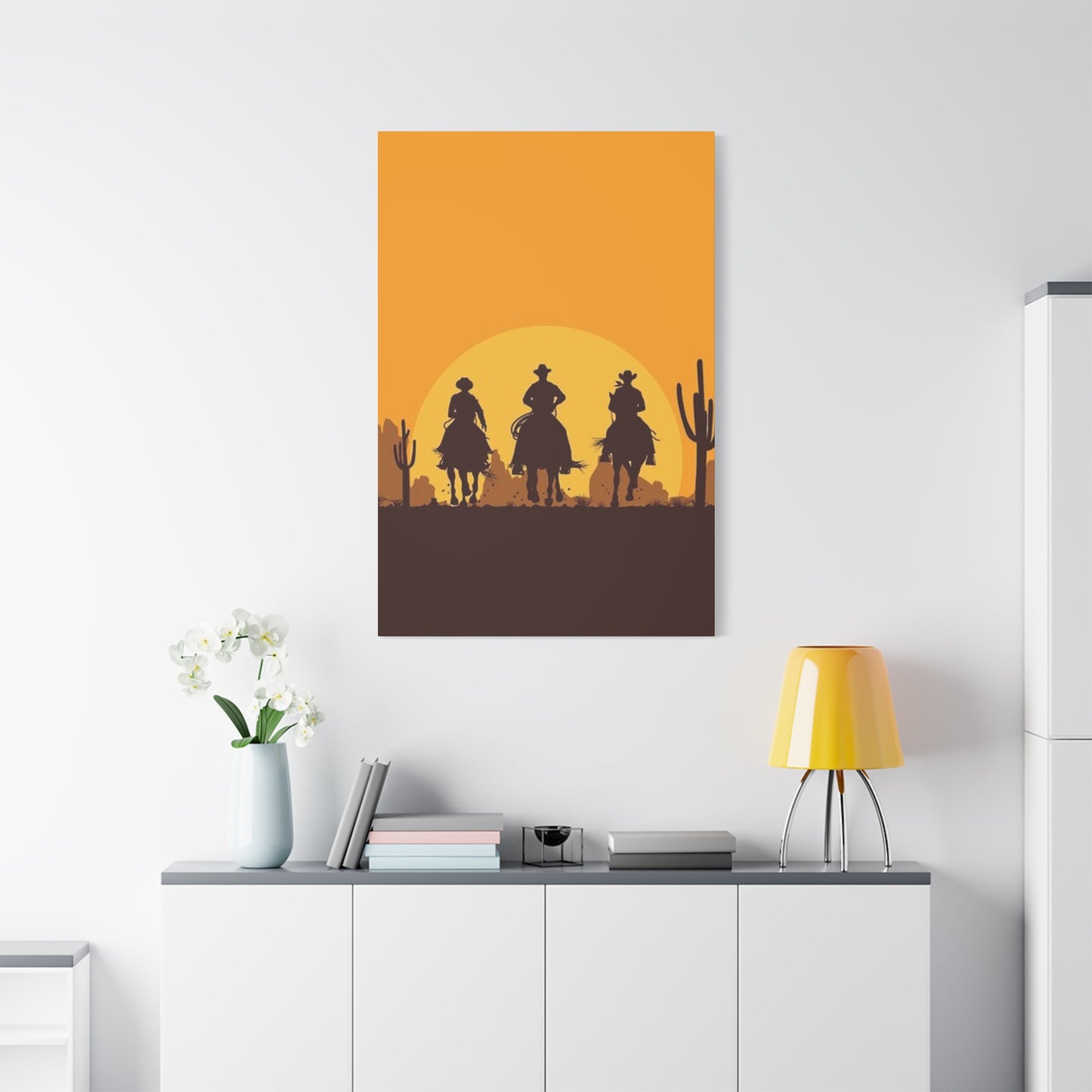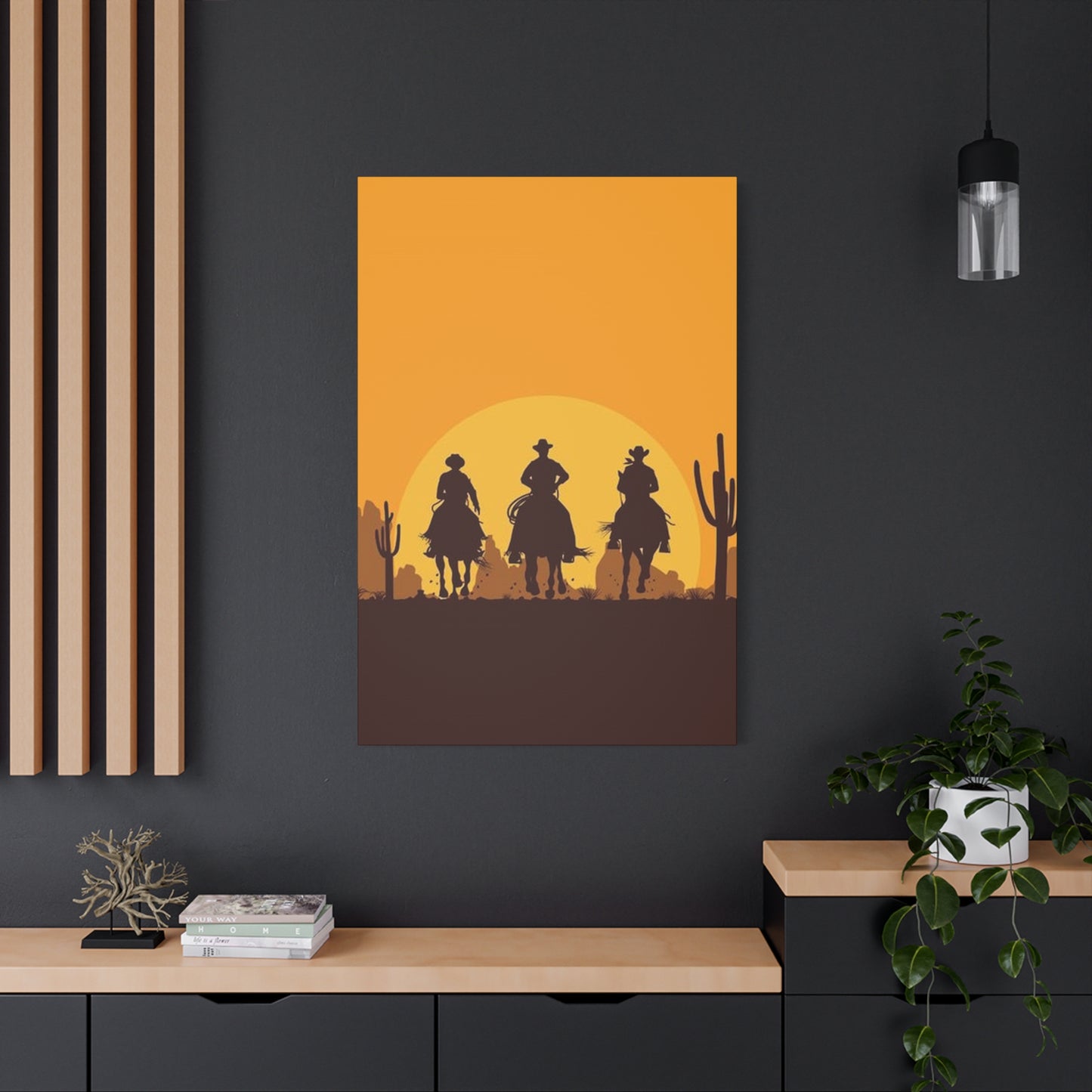Desert Horse Wall Art: Mastering Equestrian Adventures Through Artistic Expression
The captivating world of desert horse wall art represents one of the most compelling artistic expressions in contemporary home decoration. These magnificent pieces transport viewers into vast, sun-drenched landscapes where powerful steeds gallop across endless dunes, their manes flowing freely in the warm desert wind. The artistic representation of equestrian adventures in arid environments has become increasingly popular among art enthusiasts and collectors who seek to bring the spirit of freedom and wilderness into their living environments.
Desert horse wall art encompasses a diverse range of artistic styles, from photorealistic paintings that capture every detail of a horse's muscular form against golden sand dunes to abstract interpretations that use bold brushstrokes and vibrant colors to convey the essence of movement and energy. These artworks serve as powerful focal points that can transform any room into a gallery-worthy display while evoking emotions of adventure, strength, and natural beauty.
The growing appreciation for this art form stems from its ability to connect viewers with both the majesty of horses and the raw beauty of desert landscapes. Whether displayed in residential settings, commercial establishments, or equestrian facilities, these artistic pieces create an immediate visual impact that draws attention and sparks conversation. The combination of two powerful natural elements - the grace and strength of horses and the vast, untamed beauty of desert terrain - creates artwork that resonates with people across different cultures and backgrounds.
Contemporary artists working in this genre have developed innovative techniques to capture the unique qualities of desert lighting, the texture of sand, and the dynamic movement of horses in motion. These artistic interpretations range from traditional oil paintings and watercolors to modern digital art and mixed media compositions, each offering a different perspective on the timeless relationship between horses and their natural environment.
The Allure of Equestrian Desert Scenes
The magnetic appeal of equestrian desert scenes lies in their ability to capture moments of pure freedom and untamed beauty. These artistic compositions showcase horses in their most natural state, unencumbered by human constraints and free to express their inherent grace and power. The desert setting provides the perfect backdrop for these displays of natural majesty, with its sweeping vistas, dramatic lighting conditions, and minimalist landscape that allows the horse to become the undisputed focal point of the composition.
Artists who specialize in this genre understand the importance of capturing not just the physical appearance of horses, but also their emotional essence and spiritual significance. The desert environment serves as more than just a backdrop; it becomes an integral part of the narrative, representing themes of endurance, survival, and the eternal connection between living creatures and their natural habitat. The interplay between the horse's dark silhouette and the bright, sun-bleached desert creates a striking visual contrast that immediately captures the viewer's attention.
The emotional impact of these scenes extends beyond their aesthetic appeal. Many viewers find themselves drawn into the artwork, experiencing a sense of wanderlust and adventure as they imagine themselves riding alongside these magnificent creatures across the vast desert expanse. This psychological connection helps explain why desert horse wall art has become such a popular choice for people seeking to create inspirational and uplifting environments in their homes and workplaces.
The technical challenges involved in creating compelling desert horse scenes require artists to master various elements simultaneously. They must accurately portray equine anatomy and movement while also capturing the unique atmospheric conditions of desert environments, including the way light interacts with sand particles in the air, the subtle gradations of color in the sky during different times of day, and the textural qualities of various desert surfaces.
Professional artists often spend considerable time studying both horses and desert environments to ensure their work achieves the level of authenticity that sophisticated viewers expect. This dedication to accuracy and detail is what distinguishes truly exceptional desert horse wall art from merely decorative pieces, creating artwork that stands the test of time and continues to provide visual satisfaction long after the initial purchase.
Mastering Motion Through Artistic Vision
The representation of movement in desert riding art presents unique challenges that require exceptional artistic skill and understanding of both equine biomechanics and visual storytelling techniques. Artists must capture the split-second moments when horses are in full gallop, their bodies stretched in powerful strides as they navigate the challenging terrain of sand dunes and rocky desert floors. This requires not only technical proficiency but also an intuitive understanding of how to convey speed, rhythm, and energy through static visual media.
Successful motion capture in desert horse art relies heavily on the artist's ability to observe and understand the complex sequence of movements that comprise a horse's gait. The galloping motion, in particular, involves a moment when all four hooves are off the ground simultaneously, creating a sense of suspension and flight that can be incredibly dramatic when rendered skillfully. Artists often study high-speed photography and video footage to better understand these fleeting moments and translate them into compelling visual narratives.
The desert environment adds another layer of complexity to motion representation, as artists must also convey the interaction between the horse and its surroundings. This includes the spray of sand kicked up by galloping hooves, the way the horse's mane and tail respond to wind resistance, and the subtle body language that indicates the animal's awareness of and adaptation to the challenging terrain. These details collectively contribute to creating a sense of authenticity that allows viewers to feel as though they are witnessing a real moment in time.
Color choice plays a crucial role in enhancing the perception of movement in desert horse art. Artists often employ techniques such as motion blur, where certain elements of the composition are slightly blurred to suggest rapid movement, while keeping the horse's eyes and key anatomical features sharp and in focus. The contrast between sharp and soft elements creates a visual hierarchy that guides the viewer's eye through the composition while maintaining the illusion of captured motion.
The psychological impact of well-executed movement in desert horse art cannot be overstated. Viewers often report feeling a sense of exhilaration and energy when observing these dynamic compositions, as their minds unconsciously respond to the visual cues that suggest rapid movement and adventure. This emotional response is what transforms a simple decorative piece into a powerful artistic statement that can energize and inspire anyone who encounters it.
Embracing Earth's Natural Palette
The color palette associated with desert horse wall art draws its inspiration from the natural tones found in arid landscapes around the world. These warm, earthy hues create a sense of harmony and connection with the natural world while providing versatility in terms of decorating schemes and architectural styles. The predominant colors in this artistic genre typically include various shades of ochre, sienna, burnt orange, golden yellow, and deep amber, all of which reflect the sun-baked quality of desert terrain.
Artists working in this medium often begin their color exploration by studying the subtle variations in desert sand, which can range from pale ivory in the early morning light to deep copper during sunset hours. These natural color transitions provide the foundation for creating artwork that feels authentic and grounded in real environmental observations. The interplay between warm sand tones and the cooler shadows cast by rock formations or the horse itself creates depth and dimensional quality that brings the artwork to life.
The horse's coloring within these compositions requires careful consideration to ensure it complements rather than competes with the desert backdrop. Dark-coated horses, such as bays, blacks, or deep chestnuts, create striking silhouettes against light-colored sand, while lighter-colored horses, including palominos, grays, or paints, can blend more subtly with their surroundings, requiring artists to use other visual elements to maintain definition and contrast.
Sky colors in desert horse art often feature dramatic gradations that reflect the intense lighting conditions common in arid environments. The clear, dry air of desert regions allows for spectacular sunrise and sunset displays, with colors ranging from deep purples and magentas near the horizon to brilliant oranges and yellows higher in the sky. These dramatic color combinations provide artists with opportunities to create visually striking backgrounds that enhance the overall impact of their compositions.
The psychological effects of warm color palettes in art are well-documented, with studies showing that these hues can create feelings of comfort, energy, and optimism in viewers. When applied skillfully in desert horse wall art, these warm tones can transform living environments by adding visual warmth and creating a sense of connection with nature's more dramatic landscapes.
Evoking the Call of Adventure
Desert horse wall art possesses an extraordinary ability to evoke feelings of adventure and wanderlust in viewers, transporting them mentally to vast, unexplored territories where anything seems possible. This psychological transportation occurs through the combination of visual elements that collectively suggest themes of exploration, freedom, and connection with the natural world. The open landscape depicted in these artworks represents unlimited possibilities and uncharted territories, while the presence of horses suggests the means to explore these distant horizons.
The adventure narrative embedded in quality desert horse art often extends beyond the immediate visual elements to encompass deeper themes of personal journey and self-discovery. Many viewers find themselves drawn to these pieces because they represent a form of escapism from the constraints and responsibilities of modern life. The image of a horse and rider traversing endless desert terrain becomes a metaphor for personal freedom and the courage required to venture into unknown territories, both literal and metaphorical.
Artists who excel in creating adventure-themed desert horse art understand the importance of composition in conveying narrative depth. They often employ techniques such as leading lines created by desert ridges or rock formations that draw the viewer's eye toward distant horizons, suggesting continuing journey beyond the confines of the artwork itself. The positioning of horses within these compositions can suggest either the beginning of an adventure, with horses appearing to move toward unexplored territory, or a moment of pause during an ongoing journey.
The emotional resonance of adventure-themed desert horse art makes it particularly appealing to individuals who value independence, exploration, and connection with nature. These pieces often become sources of daily inspiration, reminding viewers of their own capacity for adventure and encouraging them to maintain their sense of curiosity and wonder about the world beyond their immediate surroundings.
The commercial success of adventure-themed desert horse art reflects a broader cultural desire for authentic experiences and connection with the natural world. In an increasingly digital and urbanized society, these artworks serve as windows to a different way of life, one that prioritizes direct experience with nature and the freedom that comes from exploring vast, undeveloped landscapes.
Traversing Sandy Terrain on Horseback
The artistic representation of horses navigating sandy desert terrain requires sophisticated understanding of both equine movement and the unique characteristics of sand as a surface medium. Sand presents particular challenges for both horses and the artists who depict them, as it shifts and moves under pressure, creating unstable footing that requires horses to adapt their gait and posture significantly. This adaptation creates opportunities for artists to showcase the intelligence and athleticism of horses as they respond to challenging environmental conditions.
The visual texture of sand in motion adds dynamic elements to desert horse compositions that can greatly enhance their overall impact. When horses move at speed across sandy surfaces, they create clouds of fine particles that catch and scatter light in visually interesting ways. Skilled artists learn to represent these ephemeral effects, using them to add atmosphere and energy to their compositions while also providing additional context about the physical conditions the horses are experiencing.
Different types of sand surfaces present varying challenges for both horses and artists. Firm, packed sand allows for more conventional gaits and creates cleaner hoofprint patterns, while loose, deep sand requires horses to work much harder and often results in more exaggerated lifting of legs and changes in body positioning. Artists who understand these differences can create more authentic and compelling representations of horses adapting to their environment.
The interaction between horse hooves and sand creates distinct visual patterns that experienced artists learn to incorporate into their work. Fresh hoofprints in sand tell a story about the horse's gait, speed, and direction of travel, while wind-blown sand can quickly obscure these tracks, creating a sense of temporal passage within the artwork. These subtle details contribute to the overall narrative quality of the piece.
The challenge of maintaining traction on sandy surfaces often causes horses to exhibit more dramatic body language and expressions of concentration, providing artists with opportunities to capture moments of intense focus and determination. These psychological elements add depth to the artwork beyond mere physical representation, creating pieces that resonate with viewers on emotional and intellectual levels.
Contrasting Artistic Approaches in Equestrian Art
The debate between abstract and realistic approaches in desert riding art reflects broader discussions within the contemporary art world about the most effective methods for conveying emotion and meaning through visual media. Realistic desert horse art focuses on accurate representation of anatomical details, environmental conditions, and physical relationships between elements, creating artwork that serves as a window into actual desert experiences. This approach appeals to viewers who appreciate technical skill and want to feel as though they are observing real horses in authentic desert settings.
Abstract interpretations of desert riding scenes prioritize emotional impact and symbolic meaning over literal representation. These works often use bold colors, exaggerated forms, and expressive brushwork to convey the essence of the horse-desert relationship without becoming constrained by photographic accuracy. Abstract desert horse art can be particularly effective at capturing the energy and movement associated with galloping horses, using dynamic compositions and color relationships to create visceral responses in viewers.
Many contemporary artists working in the desert horse genre find success by combining elements of both realistic and abstract approaches, creating hybrid styles that offer the best of both worlds. These mixed-approach pieces might feature realistically rendered horses placed within more stylized or impressionistic desert backgrounds, or they might use realistic color palettes and lighting while employing more expressive or simplified forms for the horses themselves.
The choice between realistic and abstract approaches often depends on the intended function of the artwork and the preferences of the target audience. Realistic pieces tend to work well in traditional decorating schemes and appeal to viewers who have direct experience with horses or desert environments. Abstract pieces often integrate more easily into contemporary or modern decorating styles and can appeal to viewers who prioritize emotional impact over literal representation.
The most successful desert horse artists often develop signature styles that combine elements of both approaches in unique ways, creating distinctive artistic voices that set their work apart from other practitioners in the field. This stylistic evolution typically occurs over many years of experimentation and refinement, as artists discover the most effective methods for expressing their particular vision of the horse-desert relationship.
Maximizing Impact with Large Format Presentations
Large canvas prints of desert horse riders possess the power to completely transform the atmosphere and energy of any room they occupy. These substantial artworks create commanding focal points that draw immediate attention and establish the visual hierarchy within the decorating scheme. The scale alone contributes to the dramatic impact, but when combined with the inherently powerful imagery of horses in motion across vast desert landscapes, the result can be truly spectacular.
The production of high-quality large format desert horse prints requires advanced printing technology and careful attention to color accuracy and detail preservation. Professional-grade printers capable of handling oversized canvases must maintain consistent ink distribution across the entire surface while preserving the subtle gradations and textures that give these artworks their authentic appearance. The choice of canvas material also plays a crucial role in the final quality, with heavyweight, archival-quality canvases providing the durability and surface texture necessary for long-term satisfaction.
Large format presentations allow artists to include levels of detail that would be lost or ineffective in smaller formats. Viewers can appreciate subtle elements such as the individual strands of a horse's mane, the texture of sand grains, or the atmospheric effects of dust and light that contribute to the overall authenticity of the piece. This level of detail creates an immersive experience that smaller artworks simply cannot provide.
The psychological impact of large-scale desert horse art extends beyond simple visual appreciation to create genuine environmental transformation. These pieces can make rooms feel larger and more dramatic while establishing strong thematic connections with nature and adventure. The presence of a substantial desert horse artwork often becomes a conversation starter and a memorable feature that guests associate with the location long after their visit.
Proper installation of large canvas prints requires careful planning and often professional assistance to ensure the artwork is securely mounted and positioned for optimal viewing. The weight of large canvases, combined with their size, creates structural considerations that must be addressed through appropriate wall anchoring and support systems. Professional installation also ensures that the artwork is positioned at the correct height and angle for maximum visual impact.
Professional Presentation Techniques
The proper framing and presentation of desert horse wall art requires careful consideration of both aesthetic and preservation factors. The frame selection should complement rather than compete with the artwork while providing adequate protection against environmental factors that could cause deterioration over time. Traditional wooden frames in warm tones such as mahogany, walnut, or golden oak often work well with desert horse art, as they echo the natural color palette while adding visual weight that balances the dynamic energy of the imagery.
Contemporary metal frames can also be highly effective, particularly for more modern or abstract interpretations of desert horse themes. Brushed bronze or copper finishes can complement the warm tones typical of desert scenes while providing a sleek, sophisticated appearance that works well in contemporary settings. The choice between traditional and contemporary framing approaches should align with both the artistic style of the piece and the overall decorating scheme of the intended location.
Matting considerations play a crucial role in the final presentation of framed desert horse art. Warm, neutral mat colors such as cream, ivory, or light tan can enhance the natural color palette while providing visual separation between the artwork and the frame. Double matting techniques, using complementary colors or textures, can add depth and sophistication to the presentation while creating additional visual interest around the artwork.
The glazing selection for framed desert horse art should prioritize UV protection to prevent color fading while minimizing reflective glare that could interfere with viewing. Museum-quality glazing materials offer the highest level of protection and clarity but represent a significant investment that may be worthwhile for valuable or irreplaceable pieces. Anti-reflective coatings can be particularly beneficial for artwork that will be displayed in brightly lit environments.
Proper positioning and lighting of framed desert horse art can dramatically enhance its visual impact and longevity. Artwork should be hung at appropriate height levels, typically with the center of the piece at eye level for average-height viewers. Lighting should be adequate for comfortable viewing while avoiding direct sun exposure or intense artificial light that could cause fading or other deterioration over time.
Symbolic Meanings in Equestrian Desert Art
The symbolic significance of desert and horse imagery in art draws from deep cultural traditions and archetypal meanings that resonate across different societies and time periods. Horses have long been associated with themes of power, freedom, nobility, and spiritual journey, while desert landscapes represent transformation, endurance, purification, and the connection between earthly and spiritual realms. When combined in artistic compositions, these symbols create multilayered meanings that can speak to viewers on both conscious and unconscious levels.
The horse as a symbol carries particular significance in many cultures, often representing the bridge between the physical and spiritual worlds. In desert horse art, this symbolism is enhanced by the setting, which has historically been associated with spiritual quests, vision journeys, and personal transformation. The vast, empty landscape of the desert creates a sense of infinite possibility while also representing the challenges and obstacles that must be overcome in any meaningful journey.
Different horse colors and markings carry specific symbolic meanings that knowledgeable artists can incorporate into their compositions for additional depth. White horses often symbolize purity, spiritual enlightenment, or divine intervention, while black horses can represent mystery, power, or the unknown aspects of existence. Spotted or paint horses might symbolize the integration of different elements or the celebration of diversity and uniqueness.
The direction of movement within desert horse compositions can also carry symbolic significance. Horses moving toward the viewer might represent approaching opportunities or challenges, while horses moving away could symbolize departure, loss, or the pursuit of distant goals. Horses positioned in profile, moving across the composition, often suggest journey, progress, or the passage of time.
Contemporary viewers may interpret these symbols differently than historical audiences, but the emotional resonance remains powerful. Many people find themselves drawn to desert horse art not just for its aesthetic appeal but because it speaks to their own desires for freedom, adventure, and authentic connection with the natural world. Understanding these symbolic dimensions can help both artists and collectors create more meaningful relationships with this art form.
Creating Rustic Environments with Equestrian Prints
The integration of desert riding prints into rustic decorating schemes creates opportunities for developing cohesive, nature-inspired environments that feel both sophisticated and welcoming. Rustic design principles emphasize natural materials, earth tones, and connections with the outdoors, making desert horse art a natural complement to this aesthetic approach. The warm color palettes typical of desert scenes harmonize beautifully with traditional rustic materials such as weathered wood, natural stone, and wrought iron.
Successful rustic integration of desert horse prints requires careful attention to scale and proportion relationships between the artwork and other decorative elements. Large prints can serve as focal points around which other rustic elements are arranged, while smaller pieces might be grouped together to create gallery wall arrangements that add visual interest without overwhelming the surrounding décor. The key is maintaining balance between the dramatic energy of the horse imagery and the more subdued, natural qualities of rustic design elements.
Texture plays a crucial role in rustic decorating schemes, and desert horse prints can contribute to this textural richness through their subject matter and presentation methods. Canvas prints with visible texture can add tactile interest, while the imagery itself—depicting sandy surfaces, horse hair, and weathered desert landscapes—contributes additional visual texture that enhances the overall rustic atmosphere.
Color coordination between desert horse art and rustic decorating elements requires thoughtful planning but can produce stunning results when executed successfully. The warm oranges, browns, and golds typical of desert scenes complement the natural wood tones common in rustic furniture, while the neutral backgrounds of many desert compositions can help tie together various elements within the decorating scheme.
Lighting considerations become particularly important when integrating desert horse art into rustic environments. Natural lighting sources, such as large windows or skylights, can enhance the outdoor connection while providing ideal viewing conditions for the artwork. Artificial lighting should complement rather than compete with the natural materials and colors, using warm-toned bulbs and fixtures that echo the rustic theme.
Harmonizing with Natural Themes
The combination of desert horse art with broader nature themes creates opportunities for developing comprehensive decorating schemes that celebrate the natural world in all its diversity. This approach recognizes that desert environments are just one part of the larger natural ecosystem and that successful decorating can draw inspiration from multiple natural sources while maintaining thematic coherence and visual harmony.
Successful nature-themed decorating schemes that incorporate desert horse art often include elements that represent different natural environments, such as forest scenes, mountain vistas, ocean views, or meadow landscapes. The key to making these diverse elements work together lies in identifying common color threads, similar artistic styles, or shared emotional themes that create unity despite the environmental diversity.
Plant selections for rooms featuring desert horse art should complement rather than compete with the artwork while reinforcing the natural theme. Succulents and other desert plants provide obvious thematic connections, but the choice should also consider the specific care requirements and growth habits of different plant species. Larger plants, such as indoor trees or substantial flowering plants, can provide vertical elements that balance the horizontal emphasis common in desert landscape art.
Natural material selections throughout the environment should support and enhance the nature theme while providing appropriate backgrounds for desert horse art. Stone accents, wood elements, and natural fiber textiles can all contribute to the overall theme while offering opportunities to introduce complementary colors and textures that enrich the visual experience.
Seasonal decorating adjustments can help maintain interest and connection with the natural world throughout the year. While desert horse art provides a consistent foundation, seasonal elements such as flowering branches, seasonal color accents, or temporary decorative elements can reflect the changing natural cycles while keeping the overall scheme fresh and dynamic.
Accessible Options for Art Enthusiasts
The availability of affordable desert horse canvas prints has democratized access to this compelling art form, allowing budget-conscious collectors to enjoy high-quality reproductions of professional artwork without the investment required for original pieces. Advanced printing technology has made it possible to create reproductions that capture the color accuracy, detail, and texture of original artworks while offering durability and longevity that make them practical choices for everyday living environments.
Print-on-demand services have revolutionized the desert horse art market by eliminating the need for large inventory investments and reducing the costs associated with traditional art distribution. This efficiency allows artists to offer their work at more accessible price points while still maintaining the quality standards that discerning buyers expect. The result is a broader selection of affordable options that cater to different style preferences and budget requirements.
Quality assessment of affordable desert horse prints requires attention to several key factors beyond simple price comparison. Print resolution, color accuracy, canvas weight, and mounting options all contribute to the long-term satisfaction and visual impact of the artwork. Reputable suppliers provide detailed specifications and often offer sample prints or satisfaction guarantees that allow buyers to evaluate quality before making final purchase decisions.
Size options in affordable desert horse prints typically range from small accent pieces suitable for grouping arrangements to large statement pieces that can serve as room focal points. This variety allows buyers to select appropriate sizes for their available wall area and budget constraints while maintaining the visual impact that makes desert horse art so appealing.
Customization options available through many affordable print services allow buyers to adapt artwork to their specific needs and preferences. Options might include alternative color schemes, cropping adjustments, or sizing modifications that help ensure the final product integrates successfully with the intended decorating scheme.
Capturing Athletic Excellence Through Art
The representation of dynamic poses in horse riding art requires exceptional understanding of equine anatomy and movement patterns combined with advanced artistic skills in composition and visual storytelling. Artists who excel in this specialized area spend considerable time studying the biomechanics of horse movement, often working with high-speed photography and video analysis to understand the split-second positions and muscle tensions that characterize different gaits and maneuvers.
The galloping gait, in particular, offers artists opportunities to capture moments of extreme athleticism and grace as horses extend their bodies in powerful strides across challenging desert terrain. The moment of suspension, when all four hooves are airborne, creates dramatic visual possibilities that can convey incredible energy and forward momentum when rendered skillfully. Artists must understand not only the physical mechanics of this movement but also how to translate three-dimensional action into compelling two-dimensional compositions.
Dynamic pose representation extends beyond simple anatomical accuracy to encompass the emotional and psychological aspects of horse movement. The positioning of the horse's head, the tension visible in the neck muscles, and the expression in the eyes all contribute to conveying the animal's mental state and level of engagement with its environment. These subtle details separate exceptional dynamic horse art from merely decorative pieces.
The desert setting adds additional complexity to dynamic pose representation, as artists must consider how the challenging terrain affects the horse's movement patterns and body positioning. Sand surfaces require different muscle engagement and balance strategies compared to firmer ground, and skilled artists incorporate these adaptations into their representations to create more authentic and compelling artwork.
Color and lighting choices play crucial roles in enhancing the perception of dynamic movement in horse art. Strategic use of contrast, highlighting, and shadow can emphasize muscle definition and create the illusion of three-dimensional form in motion, while color temperature variations can suggest the heat and energy associated with athletic exertion.
Residential Integration Strategies
The integration of desert horse prints into living room environments requires careful consideration of existing decorating elements, traffic patterns, and the intended role of the artwork within the overall design scheme. Living rooms serve multiple functions as social gathering areas, relaxation zones, and often as the primary public area of the home, making artwork selection and placement decisions particularly important for creating the desired atmosphere and impression.
Scale relationships between desert horse art and living room furniture require careful planning to achieve visual balance and harmony. Large prints can complement substantial furniture pieces such as sectional sofas or entertainment centers, while smaller prints might work better in arrangements that include multiple pieces or in rooms with more delicate furnishings. The goal is creating proportional relationships that feel intentional and balanced rather than accidental or overwhelming.
Color coordination between desert horse artwork and existing living room elements can be achieved through various strategies, depending on whether the artwork is intended to complement existing colors or introduce new accent tones. Warm desert tones often work well with earth-toned furniture and accessories, while the neutral backgrounds common in many desert horse compositions can help tie together diverse color elements within the room.
Lighting considerations for living room desert horse art must balance optimal viewing conditions with the practical lighting needs of the room's various functions. Accent lighting specifically designed to highlight the artwork can enhance its visual impact during evening hours, while natural lighting from windows should be managed to prevent glare or fading problems.
Furniture arrangement around featured desert horse art should enhance rather than compete with the artwork while maintaining the functional requirements of the living room. Seating arrangements that allow comfortable viewing of the artwork can create natural conversation focal points, while ensuring adequate traffic flow around the displayed pieces prevents accidental damage and maintains the room's usability.
Emotional Resonance in Artistic Expression
The emotional connection fostered by desert riding paintings extends far beyond simple visual appreciation to create profound psychological and spiritual responses in viewers. These artworks tap into fundamental human experiences and desires, including the longing for freedom, the appreciation of natural beauty, and the respect for the powerful partnership between humans and horses. The result is art that resonates on multiple levels simultaneously, creating lasting impressions that continue to provide satisfaction long after the initial viewing.
The psychological mechanisms underlying emotional responses to desert horse art involve both conscious appreciation of technical skill and subject matter appeal, as well as unconscious reactions to archetypal symbols and color relationships. The vast open landscapes depicted in quality desert horse art can trigger feelings of liberation and possibility, while the presence of horses suggests strength, grace, and the potential for adventure and exploration.
Individual emotional responses to desert horse art vary significantly based on personal experiences, cultural background, and individual psychological makeup. Viewers with direct experience with horses or desert environments may respond differently than those encountering these elements primarily through artistic representation, but the fundamental emotional appeal appears to transcend specific personal experiences.
The therapeutic potential of desert horse art has been recognized by mental health professionals who use visual art as tools for promoting relaxation, reducing stress, and encouraging positive mental states. The combination of natural imagery, dynamic movement, and symbolic meaning can provide psychological benefits that extend beyond simple decoration to contribute to overall mental wellness and environmental satisfaction.
Long-term emotional relationships with desert horse art often deepen over time as viewers discover new details and meanings within familiar pieces. This evolving relationship helps explain why quality desert horse art maintains its appeal and continues to provide satisfaction even after years of daily viewing, making it a worthwhile investment for those seeking enduring artistic enjoyment.
Renowned Artists in the Equestrian Genre
The field of desert horse riding art has been enriched by contributions from numerous talented artists who have developed distinctive styles and approaches to this compelling subject matter. These artists range from traditional painters working in oils and watercolors to contemporary digital artists exploring new possibilities through technology-assisted creation methods. Each brings unique perspectives and technical capabilities that contribute to the overall diversity and richness of the genre.
Contemporary artists specializing in desert horse subjects often combine traditional artistic training with modern understanding of horse behavior and desert environments. Many have spent significant time observing horses in their natural habitats and studying the unique lighting and atmospheric conditions characteristic of different desert regions around the world. This dedication to authentic representation sets their work apart from more generic or purely decorative approaches to the subject matter.
The commercial success of leading desert horse artists reflects the strong market demand for this type of artwork as well as the skill and dedication required to excel in this specialized field. Many successful artists have developed signature styles that make their work immediately recognizable, whether through distinctive color palettes, characteristic composition approaches, or unique methods of representing movement and energy.
Emerging artists in the desert horse field often bring fresh perspectives and innovative techniques that push the boundaries of traditional approaches while respecting the fundamental appeal of the subject matter. Social media and online galleries have created new opportunities for these artists to reach audiences and build followings without relying solely on traditional gallery representation or art dealer relationships.
The influence of established desert horse artists extends beyond their individual artworks to shape broader trends within the equestrian art community. Their technical innovations, stylistic developments, and commercial success help define market expectations and influence the development of new artists entering the field.
Creative Projects for Artistic Expression
The development of DIY wall art projects inspired by desert riding themes offers creative opportunities for individuals who want to create personalized artwork that reflects their specific interests and decorating requirements. These projects can range from simple collage techniques using photographic elements to more complex painting or mixed media compositions that require advanced artistic skills and materials.
Photography-based DIY desert horse projects can utilize personal photographs from desert trips, equestrian events, or even zoo visits combined with digital editing techniques to create unique artistic compositions. Modern photo editing software provides tools for adjusting colors, adding artistic effects, and combining multiple images into cohesive compositions that rival professionally created artwork.
Painting projects inspired by desert horse themes can accommodate various skill levels, from beginner-friendly exercises that focus on color relationships and basic composition principles to advanced projects that challenge experienced artists to develop new techniques and push their creative boundaries. Online tutorials and instructional resources provide guidance for artists at all levels who want to explore this subject matter.
Mixed media approaches to DIY desert horse art can incorporate diverse materials such as sand, fabric, metal elements, or found objects to create textured, three-dimensional compositions that add tactile interest to traditional two-dimensional artwork. These experimental approaches can produce unique pieces that reflect individual creativity and personal connection with the subject matter.
Collaborative DIY projects involving family members or friends can create shared experiences and memories while producing personalized artwork that holds special significance beyond its decorative value. These collaborative efforts often result in unexpected creative solutions and artistic discoveries that wouldn't emerge from individual work alone.
Thoughtful Giving for Enthusiasts
Desert horse wall art makes exceptional gifts for individuals who appreciate both equestrian subjects and the natural beauty of desert landscapes. The universal appeal of these themes, combined with the wide variety of available styles and price points, makes it possible to find appropriate pieces for diverse recipients and occasions. The key to successful gift selection lies in understanding the recipient's personal style, existing decorating preferences, and the intended role of the artwork in their living environment.
Gift considerations for equestrian enthusiasts should take into account their level of involvement with horses and their specific interests within the equestrian world. Active riders might appreciate artwork that depicts their preferred riding discipline or horse breed, while those who simply admire horses from a distance might prefer more general representations that capture the beauty and spirit of these magnificent animals.
Desert lovers represent another distinct audience for desert horse art gifts, particularly those who have personal connections with southwestern United States regions, Middle Eastern deserts, or other arid environments around the world. For these recipients, the artwork serves as a reminder of meaningful experiences and places while bringing the beauty of these landscapes into their daily living environment.
Customization options available through many art suppliers allow gift-givers to create personalized pieces that reflect specific relationships or shared experiences. Options might include incorporating specific horse breeds, desert locations, or even custom text or dedication elements that make the artwork uniquely meaningful to the recipient.
Presentation considerations for desert horse art gifts can enhance the impact and perceived value of the present. Professional framing, elegant packaging, and thoughtful delivery timing all contribute to creating memorable gift experiences that recipients will associate with both the artwork itself and the thoughtfulness of the giver.
Exploring Mixed Media Possibilities
The integration of mixed media techniques in desert horse riding artwork creates opportunities for artists to develop unique visual textures and dimensional effects that cannot be achieved through traditional single-medium approaches. These experimental techniques might combine painting with collage elements, photography with hand-painted details, or traditional materials with contemporary digital elements to create innovative artistic expressions.
Textural elements incorporated into mixed media desert horse art can include actual sand samples from desert locations, fabric pieces that suggest horse hair or rider clothing, or metal elements that add reflective qualities and dimensional interest. These physical materials must be carefully selected and applied to enhance rather than compete with the overall artistic vision while ensuring long-term stability and preservation of the artwork.
Digital integration in mixed media desert horse art allows artists to combine computer-generated elements with traditional materials, creating layered compositions that take advantage of the strengths of both approaches. Digital elements might provide precise detail work or special effects that would be difficult to achieve manually, while traditional materials contribute organic textures and authentic artistic character.
Layering techniques in mixed media compositions require careful planning to ensure that different materials and media work together harmoniously rather than creating visual conflicts or technical problems. Understanding how different materials interact, both visually and chemically, helps artists create stable compositions that will maintain their integrity over time.
The experimental nature of mixed media work often leads to unexpected discoveries and creative breakthroughs that can influence an artist's overall development and approach to their craft. These serendipitous moments contribute to the excitement and satisfaction that many artists find in exploring mixed media possibilities within the desert horse genre.
Conclusion
Desert horse wall art serves as a powerful medium to capture the essence of equestrian adventures, blending the raw beauty of desert landscapes with the strength, grace, and spirit of horses. Through artistic expression, this unique genre of artwork transcends mere decoration—it becomes a storytelling vehicle that celebrates freedom, endurance, and the deep connection between humans and horses in some of the world’s most challenging terrains.
The desert is a symbol of resilience, mystery, and solitude, qualities that are mirrored in the horses that traverse it. Artists who specialize in desert horse scenes harness these themes, using color, texture, and composition to evoke the timeless bond between rider and horse amid vast, open sands and sun-drenched horizons. Whether through the fiery oranges and golds of a desert sunset or the muted tones of a wind-swept plain, each piece of wall art offers a visual narrative that draws viewers into a world of rugged beauty and untamed adventure.
Customizing desert horse wall art adds another layer of depth and personal meaning. Whether capturing a specific horse, a memorable ride, or a cultural connection to Arabian or mustang breeds, commissioned pieces allow horse lovers and collectors to create something truly one-of-a-kind. The interplay of natural desert elements and equestrian motion can be tailored to reflect personal stories, spiritual connections, or even brand identity for stables, lodges, or equestrian businesses.
More than just aesthetic enhancements, these artworks can inspire reflection and motivation. For those who live, ride, or dream of the desert, such wall art becomes a daily reminder of the beauty and challenge of life lived close to nature. It’s an artistic tribute to courage, stamina, and the silent dialogue between horse and rider that defines true horsemanship.
In conclusion, desert horse wall art masterfully blends the power of the equine form with the evocative imagery of desert landscapes, creating works that are both visually stunning and emotionally resonant. Whether used to personalize a home, stable, or workspace, this art form speaks to a deep-seated love for horses and the open desert—inviting viewers to not only admire, but to feel the spirit of equestrian adventure in every brushstroke. Embracing such art is more than an aesthetic choice; it is a celebration of a timeless journey.

















